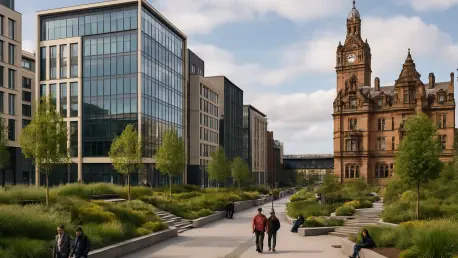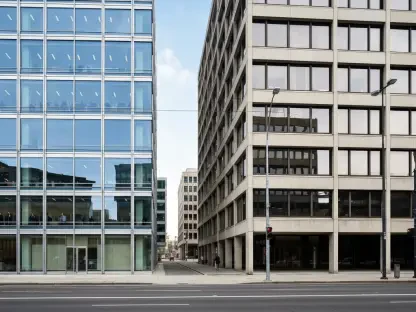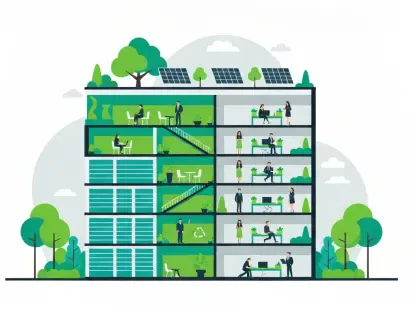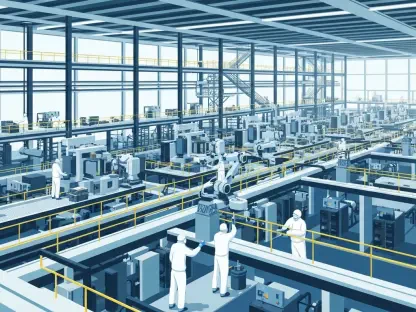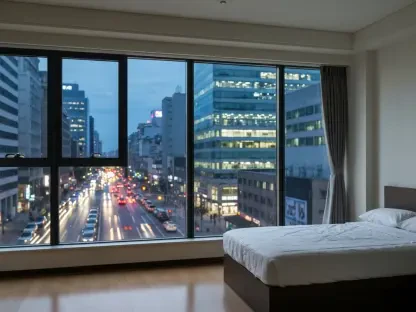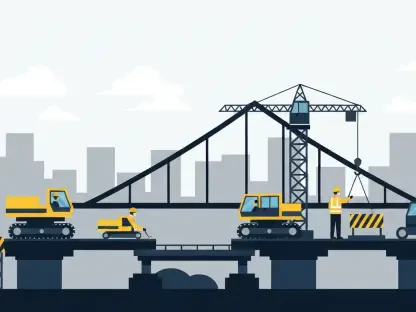As we dive into the transformative regeneration happening in Glasgow, I’m thrilled to sit down with Luca Calaraili, a seasoned expert in construction, design, and architecture. With a deep passion for leveraging technology to innovate within the industry, Luca brings a unique perspective to urban development projects like the one unfolding at Sighthill, now known as NorthBridge. This ambitious initiative is not only reshaping the physical landscape but also revitalizing the community through job creation, housing, and economic growth. In our conversation, we explore the essence of this project, its impact on local lives, the intricacies of building new homes, and the vision for a connected, thriving neighborhood by 2028.
How would you describe the NorthBridge project in Sighthill, Glasgow, and what truly makes it a game-changer for the area?
The NorthBridge project is a landmark regeneration effort aimed at reconnecting Sighthill with the core of Glasgow. It’s transformative because it’s not just about rebuilding; it’s about reimagining a community that was once defined by tower blocks into a vibrant, integrated neighborhood. By creating new infrastructure, like pedestrian and cyclist bridges, alongside housing and green spaces, it’s physically and socially linking Sighthill to the city center. This project is a blueprint for how urban regeneration can heal past disconnects and foster a sense of belonging.
Can you elaborate on the job creation tied to this latest phase, particularly the over 170 new roles being introduced?
Absolutely. This phase, led by a major housebuilder, is generating over 170 jobs, which is a significant boost for the area. Most of these are construction-related—think skilled trades like carpentry, bricklaying, and site management—but there are also roles in logistics, planning, and community engagement. A key focus is ensuring many of these opportunities go to local Glasgow residents, and there are indeed training programs and apprenticeships woven into the project to build skills and sustain employment long-term.
Speaking of local impact, the project has already provided 86 jobs to people in the area. Can you share how this has influenced the community?
These 86 jobs have injected thousands of dollars into the Glasgow economy, supporting families and local businesses directly. Beyond the numbers, the real impact is personal. I’ve heard stories of individuals who, after years of unsteady work, landed stable roles on this site and could finally plan for their future—whether it’s saving for a home or investing in their kids’ education. It’s a ripple effect; when people have steady income, they spend locally, boosting shops and services, and it builds a stronger, more resilient community.
Let’s shift to the housing component. With 246 new homes in this phase, what can you tell us about the types of residences being built?
The 246 homes are a mix designed to cater to diverse needs. You’ve got apartments—mostly one- and two-bedroom flats—ideal for singles or small families, and then there are 25 houses ranging from two to four bedrooms for larger households. Of these, 41 are designated for social rent through a local housing group, prioritized for low-income families or those in urgent need, allocated based on council guidelines. These homes are built with energy efficiency and accessibility in mind, ensuring they’re not just places to live but spaces that support quality of life.
With a target of over 1,000 homes by 2028, how is the timeline structured, and what challenges might lie ahead?
The NorthBridge project is broken into several phases, with the current one focusing on these 246 homes and laying groundwork for community amenities. Future phases will ramp up housing numbers while integrating more public spaces and infrastructure. The 2028 completion goal is ambitious, and challenges like supply chain delays, labor shortages, or unexpected site issues could slow progress. However, with strong partnerships between public and private entities, there’s a solid framework to address hurdles and keep momentum.
There’s a substantial £59.5 million investment in this phase. Can you break down how this funding is being utilized?
This investment is a blend of public grants from local and national government bodies and private capital. A significant portion goes toward constructing the homes themselves, balancing private sales with affordable housing options like the 41 social rent units. Beyond bricks and mortar, funds are also allocated for community benefits—think over £180,000 in value for local initiatives—and infrastructure improvements. It’s about creating a sustainable neighborhood, not just housing units, so every dollar is stretched to maximize long-term impact.
What’s your forecast for the future of urban regeneration projects like NorthBridge in cities across the UK?
I’m optimistic about the trajectory of projects like NorthBridge. As cities grapple with housing shortages and aging infrastructure, regeneration will increasingly focus on multi-use developments that blend homes, jobs, and green spaces. Technology will play a bigger role—think smart design for energy efficiency or digital tools for project management—to make these initiatives faster and more cost-effective. My forecast is that we’ll see more public-private collaborations, with a stronger emphasis on community input, ensuring projects don’t just transform spaces but truly uplift the people who live there.
